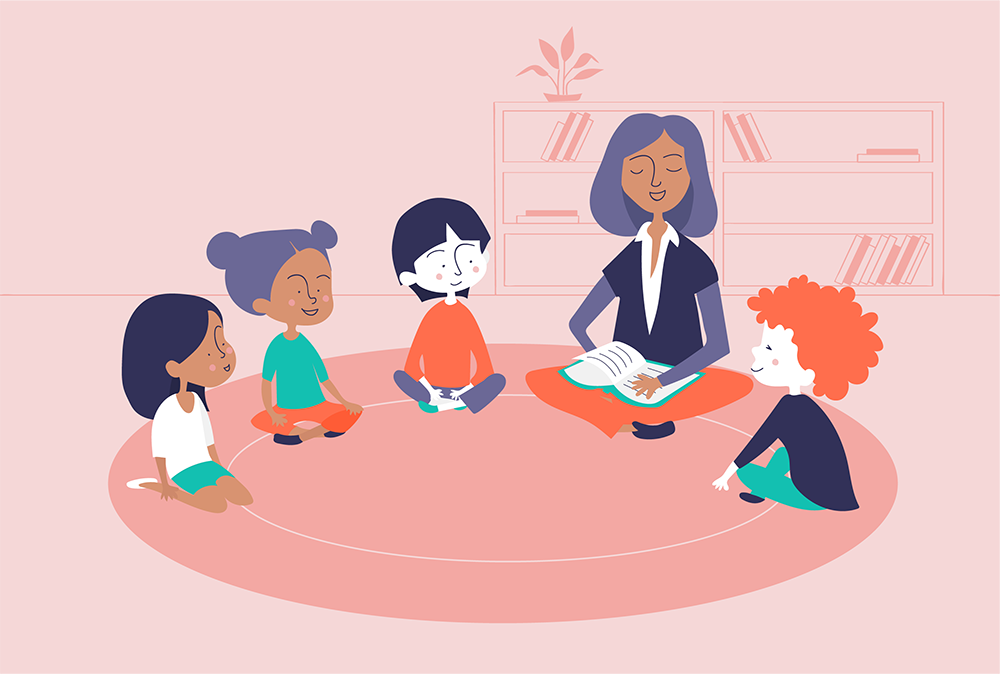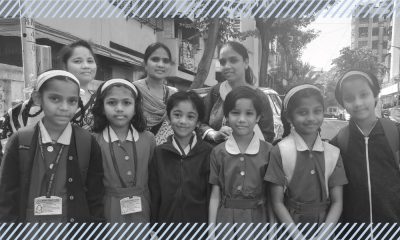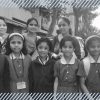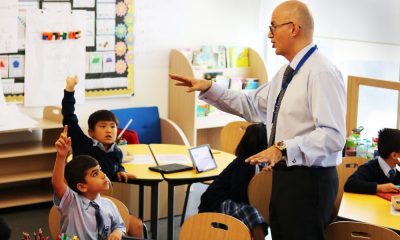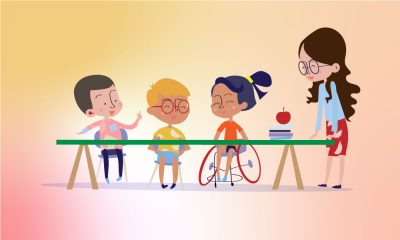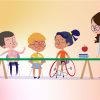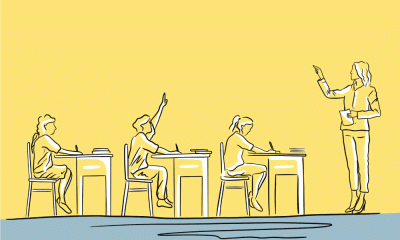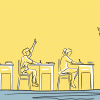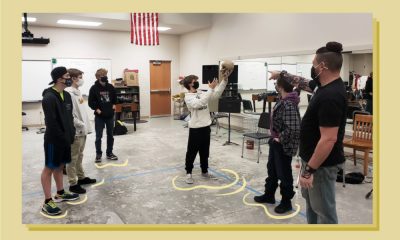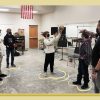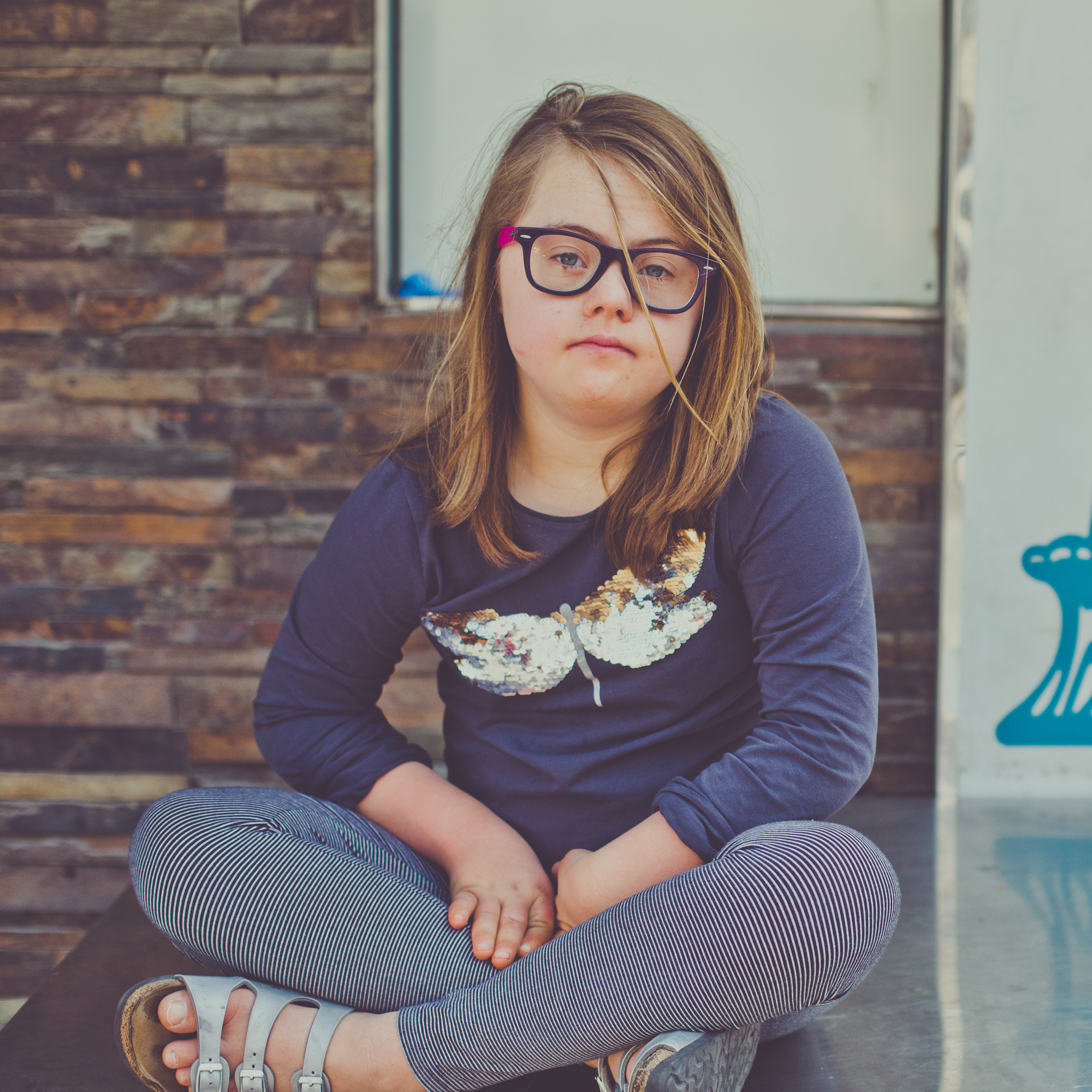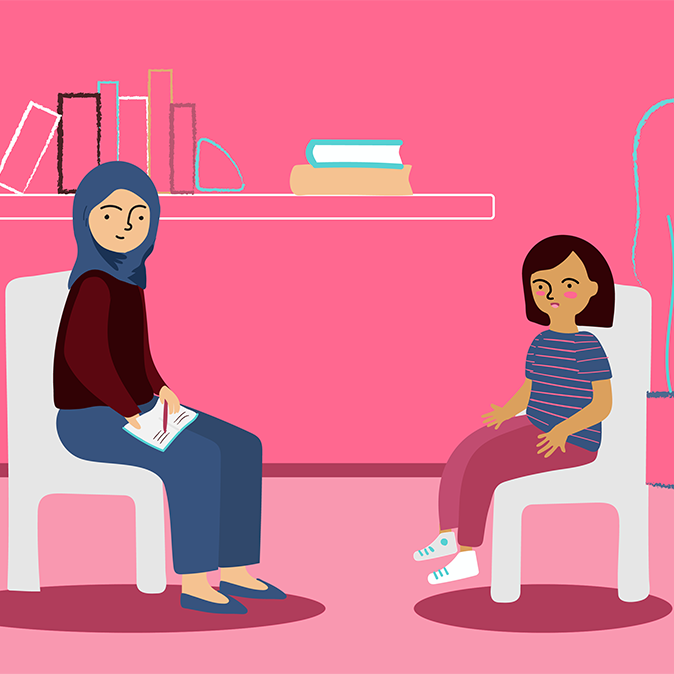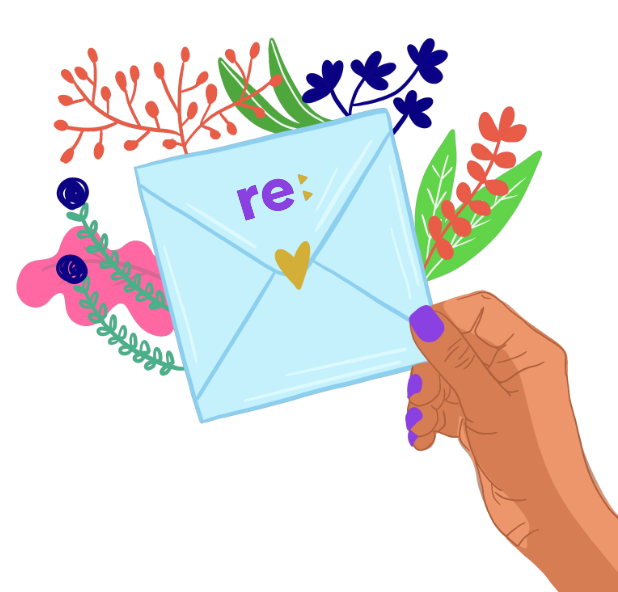Education
Life Lessons and Storytelling: How to Use Children’s Books in the Classroom
Get creative about teaching life skills like resilience, well-being and critical thinking.
Children’s books have countless life lessons lurking behind their pages. Old favourites such as “Matilda,” by Roald Dahl and “The Little Prince” by Antoine de Saint-Exupéry are big hits because they resonate deeply with people from all walks of life. Here are some ways teachers can talk about life lessons through children’s literature:
Keep going
Life’s hard but that shouldn’t deter you. Introduce your class to books such as “Charlotte’s Web” by E.B. White and “Ferdinand the Bull” by Munro Leaf and encourage students to talk about who/what they relate to in the books.
Try to make the reading sessions as interactive as possible and talk about how the characters in these books demonstrate remarkable strength. For example, in “Ferdinand the Bull,” Ferdinand doesn’t want to showcase his physical mettle in the arena. He prefers to smell the flowers and appreciate their beauty instead. Even when he is forced to be something he’s not, Ferdinand stays true to his identity. This classic story can teach children to be honest about who they really are and avoid giving into peer pressure.


Illustration by (c) Reset Fest Inc, Canada.
There is no place like home. Plus, family is everything
Highlight life truths such as the indisputable warmth of home. Focus on essential family values like compassion and love through books like “Little Women” by Louisa May Alcott and “A Chair for My Mother” by Vera Williams. In “A Chair for My Mother,” Rosa and her family work hard to save money after a devastating fire ruins their home. They eventually buy a comfortable chair thanks to their sheer hard work and perseverance. The story focuses on the importance of resilience and getting through struggles together as a family. Encourage critical thinking by having conversations with your class about these books and the hidden messages.
A useful technique to get the students excited about the book is to promise them a screening of the movie adaptation after the reading session.
The world is full of wonder
For your older pupils, refer to books like “Wonder” by R.J. Palacio and “Inside Out And Back Again” by Thanhha Lai to familiarize them with the concept of celebrating diversity.
In “Wonder,” a fifth-grader has Treacher Collins syndrome, which is characterized by facial deformities and hearing loss in some cases. He struggles to be accepted by his peers. It’s a coming-of-age tale where Auggie ends up discovering how strong he really is. With this, students will imbibe empathy and inclusivity.
Mix it up with storytelling sessions in class and get your students to perform plays based on their favourite characters. Include books with strong female protagonists such as “The Nancy Drew Files” by Carolyn Keene and “Princesses Wear Pants” by Savannah Guthrie and Allison Oppenheim. This will make your lessons more gender-inclusive.
Stay expressive
Encourage children to express themselves through books like “The Little Prince” and “How Are You Feeling Today?” by Molly Potter. One of the most famous lines from “The Little Prince” urges readers to not get swayed by superficial things. The fox tells the prince, “Here is my secret. It’s quite simple: One sees clearly only with the heart. Anything essential is invisible to the eyes.”
Come up with exercises based on the books. Through “How Are You Feeling Today?” parents and teachers can show children how to explore different strategies listed on the pages for tackling their feelings in a healthy manner. Being in touch with their feelings will help their overall well-being and mental health, and emotion-based writing exercises in class will motivate them to maintain a journal.


Illustration by (c) Reset Fest Inc, Canada.
Your humanity and imagination can make you invincible
Assign books that explore different worlds like “Harry Potter and The Sorcerer’s Stone” by J.K.Rowling and “Charlie and the Chocolate Factory” by Roald Dahl. In “Harry Potter and the Sorcerer’s Stone,” a school going 11-year-old fights an evil dark lord with his friends, proving that nothing is impossible if we stay resilient.
Get creative: you can get colouring books based on the texts your class is reading and organize painting breaks. Incorporating children’s books into the classroom for pupils from different age groups is a wonderful way to keep them excited. As the quote from “Oh, The Places You’ll Go!” by Dr.Seuss goes, “You have brains in your head. You have feet in your shoes. You can steer yourself any direction you choose.”



